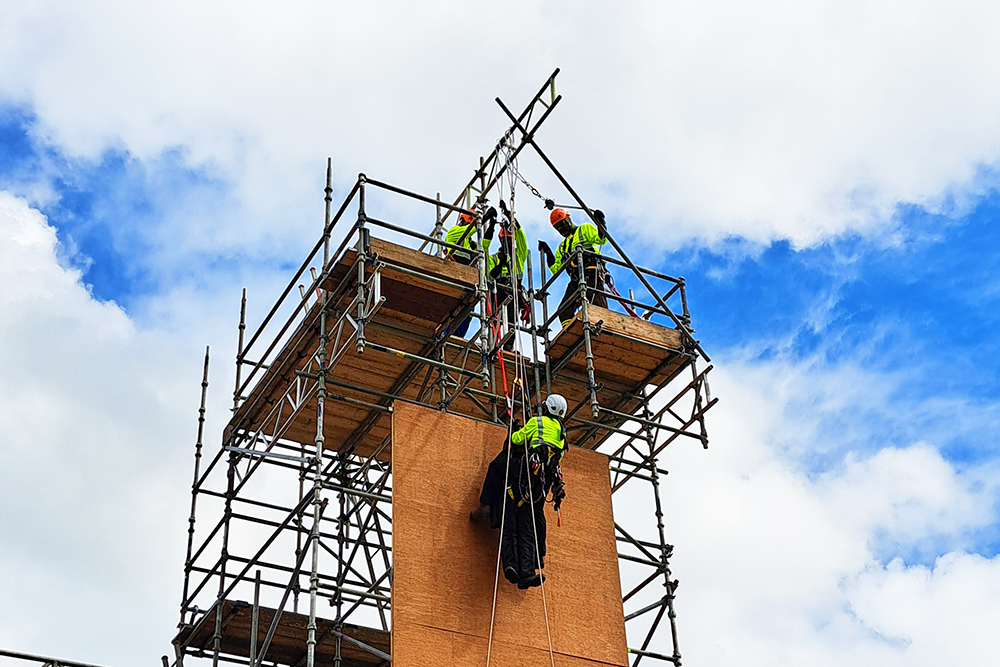
1 Day
Getmie Safe Working at Height & Rescue Training
8:00 a.m. – 4:00 p.m.
$1,687.50 TTVAT inclusive
Who Should Attend: This course is aimed at delegates who completed either Basic or Advanced Getmie Safe Rescue training.
Prerequisites: Valid Getmie Safe Working at Height and Basic or Advanced Getmie Safe Rescue training.
Course Objectives: To refresh and validate the knowledge and practical skills required for effective and safe rescue operations at height, in confined spaces, and in various emergency scenarios, using either basic or advanced equipment and techniques.
Specifications:
– Fast Access equipment at Rescue level (Basic Rescue).
– Uni and Max Drives as rescue and working devices (Advanced Rescue).
Delegates attending any of our practical courses are required to be fully outfitted in PPE:
Rescue kits with all the necessary tools and gears will be provided, as well as, individual items, such as: helmet, gloves, harness, lanyard etc.
– Successful delegates will receive a digital certificate.
– Refresher training is required every 12 months (year).